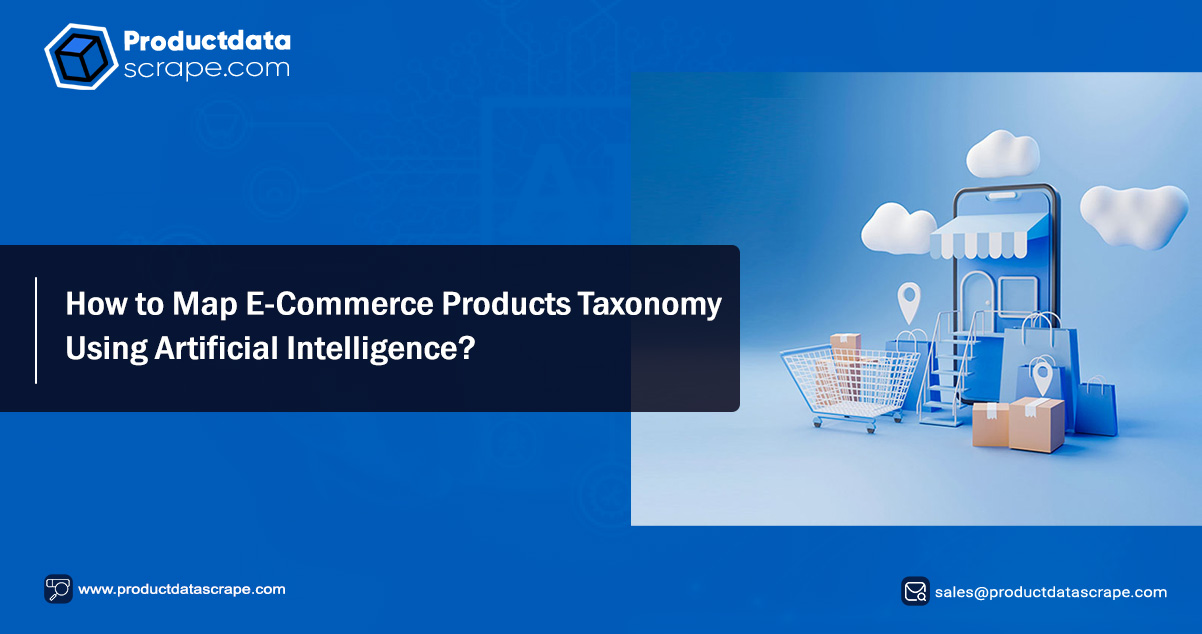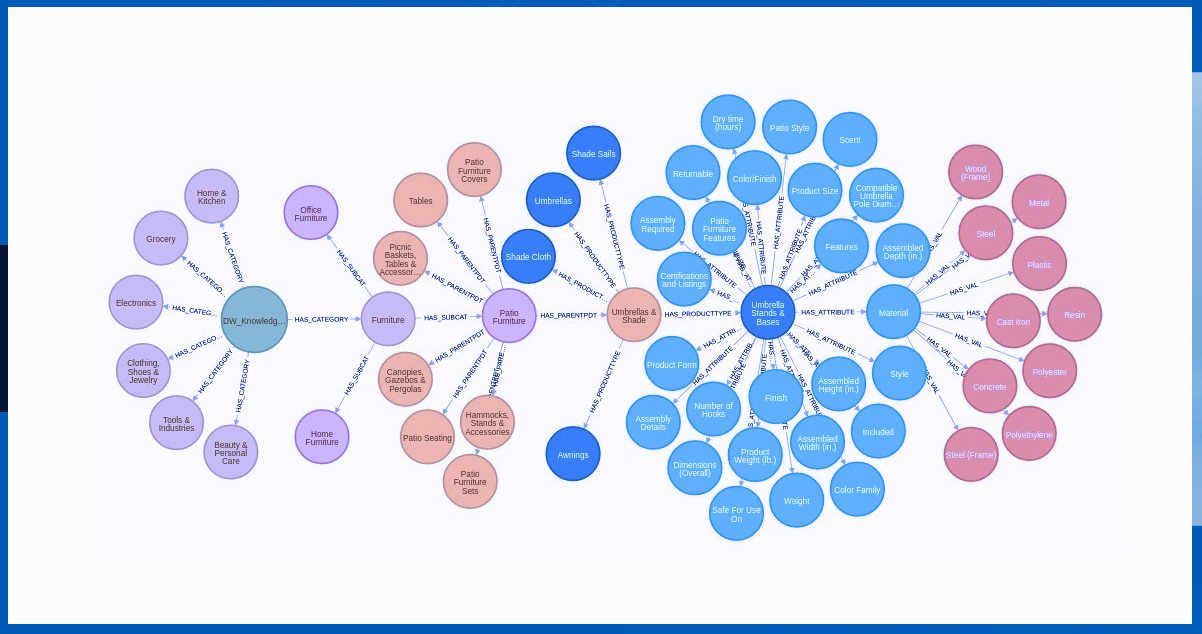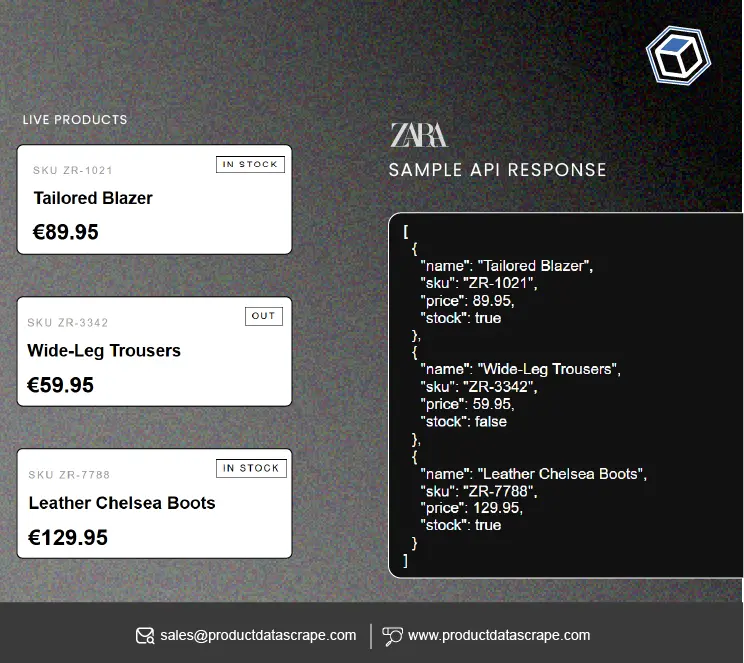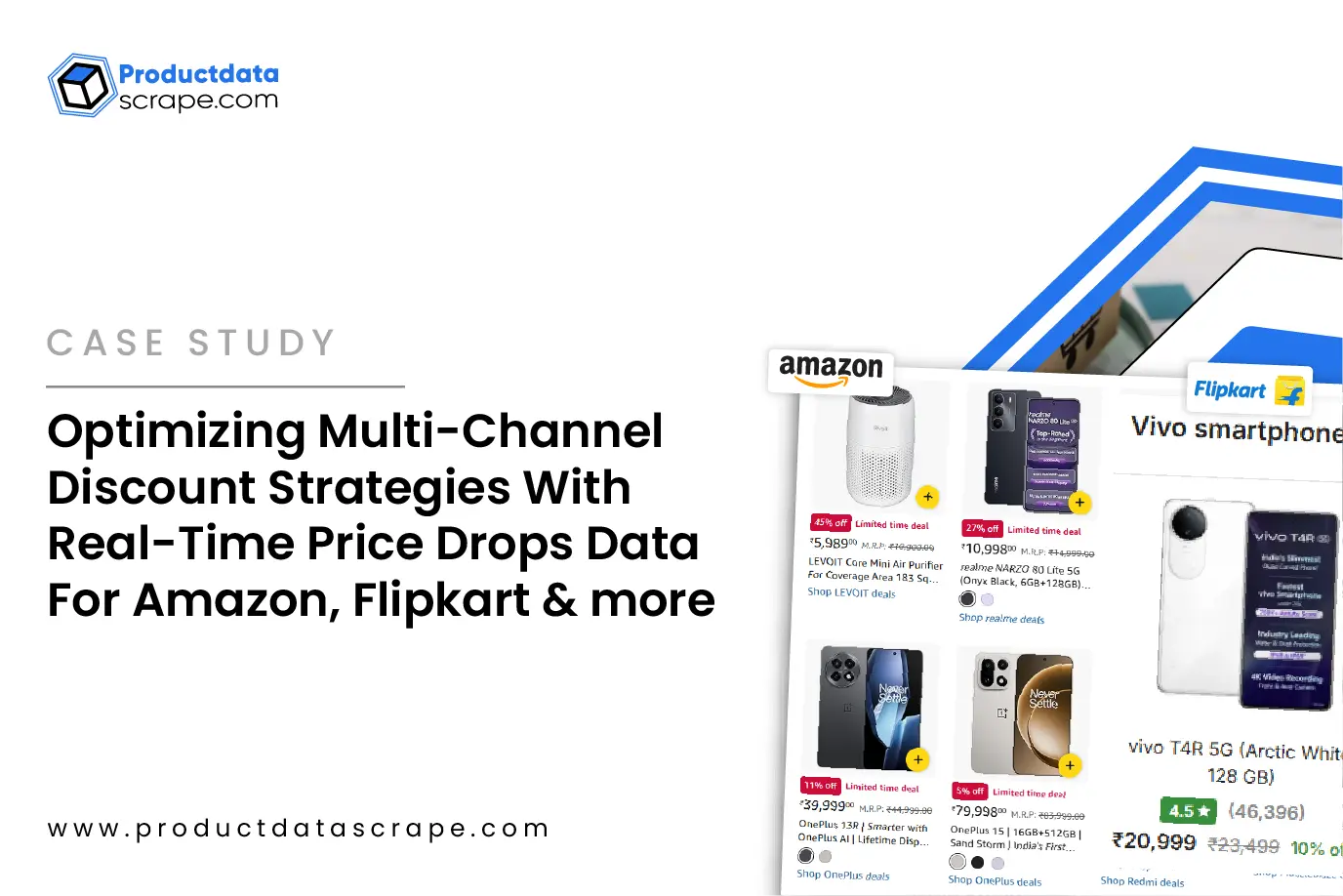
Each product on an eCommerce website has a category that shows the
product's
location in the whole catalog. Usually, these filtrations follow hierarchical patterns to
place the product in the category, sub-category, or product type - Electronics > Mobiles
> Samsung> black. We call this e-commerce product category hierarchy a product
taxonomy. Filtering products logically allows buyers to pick the required product when
exploring the retail website easily.
Additionally, with a brand of good category, a product gets more visibility in the search
engine on retail eCommerce platforms. Search engines of these retail platforms work by
observing user requirements and showing products for those search queries. Search
engines rank those products with the best matches to search questions according to
relevant fields.
A proper product taxonomy contributed to boosting sales by assisting buyers in
searching for exact products while browsing. For example, a search term matching the
word in the product title shows a more significant relation to the search query than the
product description. Further, a particular term for some products signifies better
selectivity, leading to better product ranking. The word choice in the product category
indicated did affect the search result relevance for user questions. Since users see
relevant search results, the discoverability of products improves, effectively improving
user experience.
eCommerce websites organize loads of products in taxonomy that they deem intuitive
for their buyers and compatible with brands of their business segments. Considering
that we have to deal with hundreds of such websites and go through millions of
products daily, we frequently handle different hierarchies for the same product across
multiple websites. Several eCommerce platforms could thus use different product
taxonomies varying from each other.
We need to formulate these standard product taxonomies for our study. Standard
product taxonomies like Google Product Taxonomy and Global Product Classification
Taxonomy offer benchmarked ways to represent a product. But, every taxonomy is
generic and complete. Therefore with Product Data Scrape, we have to produce our
standard taxonomy for every retail e-commerce category, which is generic and
comprehensive enough to show products on multiple websites platforms across several
geolocations.
A proper benchmark taxonomy for every eCommerce product is essential for a data
orchestration funnel. It helps enhance the Retail Knowledge Graph of product data
scrape at scale.
Product Data Scrape Retail Knowledge Graph

Most eCommerce websites contain broken and unstructured product information. We
handle this broken information, generate structured data from websites, and save it in a
standard format. We use the Knowledge Graph in downstream applications for content
analysis, attribute tagging, etc. It follows benchmarked hierarchy levels for every e-
commerce product.
Plotting eCommerce taxonomies is one of many needs for this graph, but it also has
other applications.
Assortment Analytics


Mapping competitors products as per their taxonomies help e-commerce sellers
understand their product assortment gap, regardless of competitors' product
filtering process.
For example, a retail seller wants to know the product assortment of Scented
Candles in a competitor's catalog. The seller may have filtered Home and
Kitchen> Interior Design> Scented Candles, but the exact product may be in other
categories like Shoes> Home> Candles on the other website. Here, having a
scalable and effective process to plot product taxonomies gives a correct analysis
of the assortment which retail sellers expect.
Health & Household > Health Care > Alternative Medicine > Aromatherapy >
Candles
Fragrance > Candles & Home Scents > Candles
Conclusion
Stay tuned for the second part of e-commerce taxonomy mapping. That's it from part
one of plotting eCommerce product taxonomies. Meanwhile, contact Product Data
Scrape for retail analytics, assortment analytics, and web data scraping services.



















.webp)
-01.webp)

.webp)
